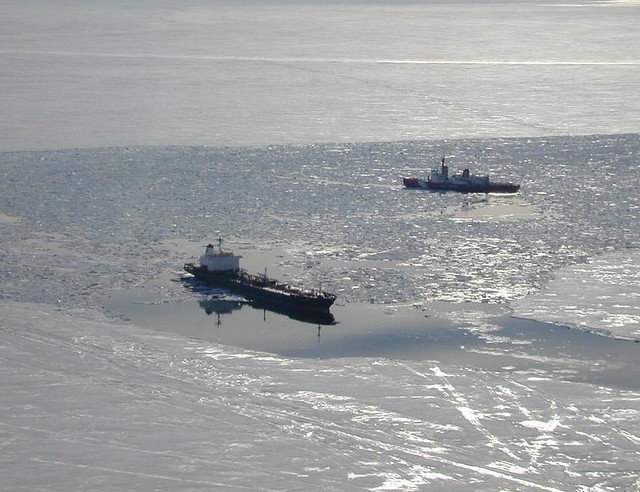Infrasound monitoring
Infrasound technology
Acoustic waves with very low frequencies are called infrasound. These waves are below the frequency band audible to the human ear, which typically ranges from 20 to 20,000 Hertz.
Infrasound is produced by a variety of natural and non-natural sources: exploding volcanoes, earthquakes, meteors, storms and auroras in the natural world; nuclear, mining and large chemical explosions, as well as aircraft and rocket launches in the human arena.
Both atmospheric and shallow underground nuclear explosions can generate infrasound waves that may be detected by the infrasound network. Infrasound technology can therefore help to identify a nuclear explosion in the atmosphere, and can work in synergy with seismic technologies to detect and analyse a possible underground test.
Infrasonic waves cause minute changes in the atmospheric pressure which are measured by microbarometers. Infrasound has the ability to cover long distances with little dissipation, which is why infrasound monitoring is a useful technique for detecting atmospheric nuclear explosions.
The first observation of naturally occurring infrasound ever recorded with instruments was in the aftermath of the 1883 eruption of the Krakatoa volcano in Indonesia. Infrasonic waves circled the globe at least seven times, shattering windows hundreds of miles away and were recorded worldwide.
How the infrasound monitoring network works
The IMS infrasound network is the only global monitoring network of its kind. When fully operational, this network will consist of 60 array stations situated strategically in 35 countries around the world.
All 60 infrasound stations in the IMS network employ infrasound array systems. Each array contains four or more array elements arranged in different geometric patterns, a meteorological station, a central processing facility and a communication system for the transmission of data.
It is imperative to select locations with the lowest possible background noise in order to improve the signal’s reception. Infrasound stations are therefore built well away from natural sources of acoustic noise like coastal and windy areas, and from human sources of acoustic noise like airports, major highways, industrial centres and other types of human settlements.
Although stations exist in a wide variety of environments, ranging from equatorial rainforests to remote wind-swept islands and arctic ice shelves, an ideal site for deploying an infrasound station is in dense forest that protects it from prevailing winds.
A greater number of array elements results in a higher signal-to-noise ratio, which means that the signal can be identified better against the surrounding noise. Stations with a larger number of array elements are usually built in areas that are exposed to strong winds.
Each array element includes a wind noise reducing system made up of several pipe structures connecting inlet ports to a summing chamber or manifold. Infrasound waves arriving at the ports pass through the pipes to the manifold, which is connected to a microbarometer located in the centre of the element. The microbarometer measures changes in the air’s micropressure that are produced by infrasonic waves.


Sources of infrasound.

Anak Krakatau - the child of Krakatoa.


The explosion at a London oil depot in December 2005 was recorded at infrasound station IS26 in Freyung, Germany.

Arrays of infrasound station IS49, Tristan da Cunha, United Kingdom.

Infrasound station IS21, Marquesas Islands, France.

Possible configurations of infrasound arrays.

Configuration of array element with pipe structures to reduce wind noise.

Inlet ports of noise reducing pipe array at infrasound station IS07, Warramunga, Australia.














